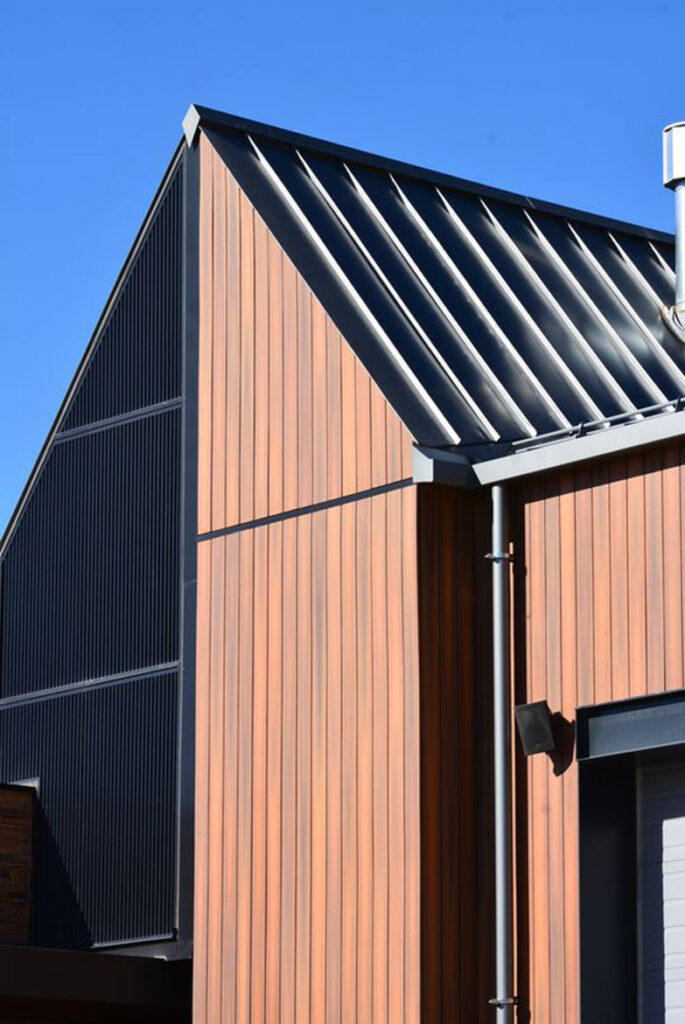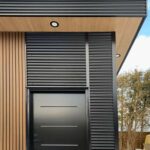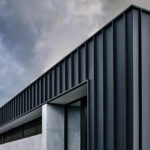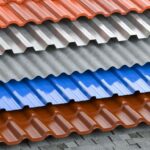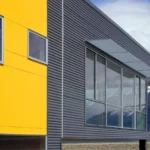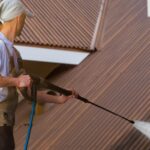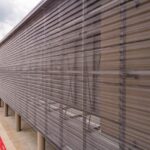In the realm of architecture and construction, the battle against the elements is constant. Weatherproof panels have emerged as essential components, offering structures the ability to endure harsh weather conditions while maintaining aesthetics and functionality. From scorching heat to freezing cold, these panels are designed to stand strong, making them invaluable assets in modern architectural projects. This comprehensive blog delves into the features of weatherproof panels, their benefits, and the way they redefine the concept of resilient architecture.
1. Material Selection: The First Line of Defense: Weatherproof Panel Features
The key to weatherproof panels lies in their material composition. These panels are often crafted from materials that exhibit exceptional resistance to moisture, UV radiation, temperature fluctuations, and corrosive elements. Materials such as fiber cement, metal composites, and specialized coatings ensure panels maintain their integrity over time.
2. Moisture Resistance: Keeping the Elements at Bay:
Weatherproof panels are engineered to repel moisture, preventing water infiltration that can lead to decay, mold growth, and structural damage. This is especially crucial in climates with high humidity or frequent rainfall.
3. UV Protection: Shielding Against Sun’s Fury:
Exposure to the sun’s ultraviolet (UV) rays can cause fading, warping, and deterioration in building materials. Weatherproof panels are designed with UV-resistant coatings that prevent color fading and maintain the panel’s appearance over the years.
4. Thermal Insulation: A Barrier Against Temperature Extremes:
Temperature fluctuations can strain building materials, leading to cracks and weakening. Weatherproof panels often feature thermal insulation properties that help regulate indoor temperatures, enhancing energy efficiency and structural durability.
5. Impact Resistance: Standing Strong Against External Forces:
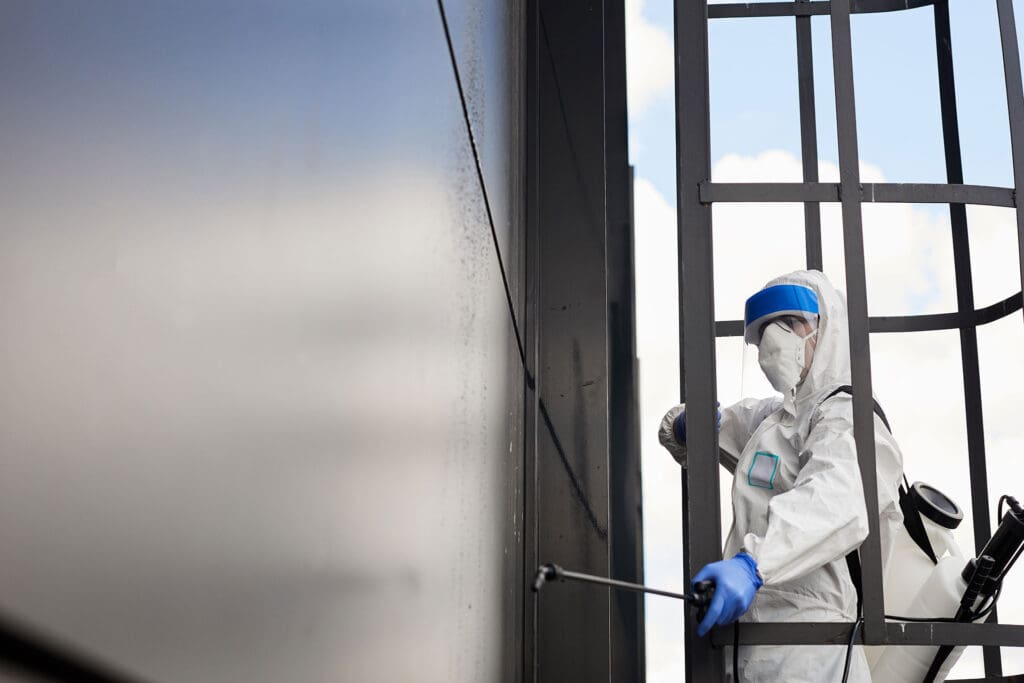
Weatherproof panels are engineered to withstand impacts from wind-blown debris, hail, and other external forces. This impact resistance not only protects the building’s exterior but also minimizes maintenance and repair costs.
6. Corrosion Resistance: Defying Rust and Decay:
For panels used in coastal or industrial areas, corrosion resistance is vital. Weatherproof panels made from materials like aluminum or specialized coatings are excellent choices for locations where exposure to corrosive elements is high.
7. Wind Load Resistance: Battling Nature’s Fury:
In regions prone to strong winds and storms, weatherproof panels are engineered to withstand wind loads. Proper installation methods, including secure fastening and sealing, contribute to the panel’s ability to resist wind forces.
8. Design Versatility: Aesthetic Appeal Meets Durability:
Weatherproof panels come in a wide range of designs, colors, and finishes. They can mimic the appearance of traditional materials like wood, stone, or brick, allowing architects and designers to maintain aesthetics while enjoying the benefits of weather resistance.
9. Low Maintenance Requirements: Redefining Longevity:
Weatherproof panels often require minimal maintenance compared to traditional materials. Their resistance to fading, warping, and decay translates to fewer repairs and replacements, reducing long-term maintenance costs.
10. Energy Efficiency: Climate Control Made Easy:
The thermal insulation properties of weatherproof panels contribute to energy efficiency by reducing the need for excessive heating or cooling. This not only benefits the environment but also saves on energy bills.
11. Sustainable Design: Aligning with Eco-Friendly Goals:
Weatherproof panels that require less maintenance and have a longer lifespan align with sustainable design principles. By choosing these panels, architects contribute to reduced material waste and the conservation of resources.
12. Expert Consultation: Tailoring Weatherproof Solutions:
When selecting weatherproof panels, consult with experts who understand the local climate, building codes, and the specific needs of your project. Their insights can help you make informed decisions.
How do you waterproof wall panels?
Make sure all seams between the wall paneling, such as around windows or doors, and other surfaces are properly sealed with caulk or sealant to prevent water from seeping into the paneling. Use waterproof paint or sealant on any exposed edges of the paneling to further protect them from moisture.
What are waterproof panels?
Made from PVC, the panels shed water and install in a way that creates a water-resistant barrier that’s easy to clean.
Can PVC wall panels be used outside?
When it comes to outdoor and garden use, however, a lack of rigidity will mean that your PVC wall panels are more likely to warp and be damaged by poor weather. uPVC is a completely fire-resistant cladding material, and it can be used outside to improve the general condition and safety of any building.
In the ever-evolving field of architecture, weatherproof panels stand as steadfast allies against the unpredictable forces of nature. From moisture resistance to UV protection, these panels redefine durability and resilience. By integrating weatherproof panels into their designs, architects and builders not only create structures that endure the test of time but also redefine the very essence of modern architecture – where aesthetics, functionality, and environmental harmony converge in perfect balance.

